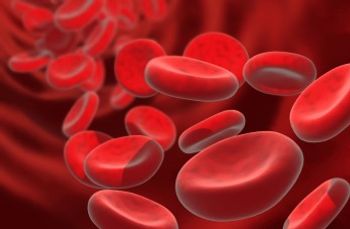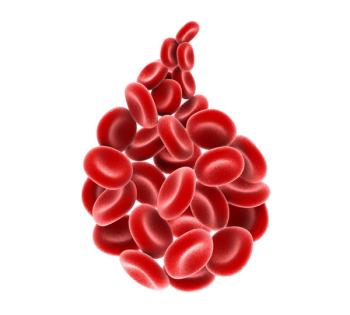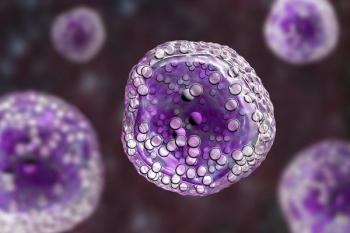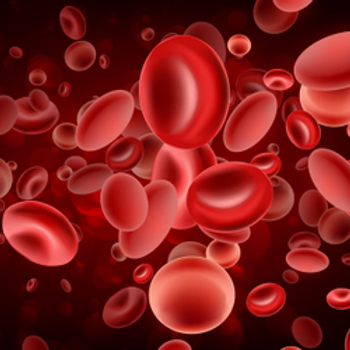
Oncology NEWS International
- Oncology NEWS International Vol 9 No 8
- Volume 9
- Issue 8
CT Option for Varian’s Respiratory Gating System
PALO ALTO, Calif–Varian Medical Systems, Inc. has been given the go-ahead to begin marketing the new CT Option for its RPM (Real-time Position Management) Respiratory Gating System. The FDA determined that it is a class 1 device exempt from premarket notification requirements.
PALO ALTO, CalifVarian Medical Systems, Inc. has been given the go-ahead to begin marketing the new CT Option for its RPM (Real-time Position Management) Respiratory Gating System. The FDA determined that it is a class 1 device exempt from premarket notification requirements.
Respiratory gating is a technique for making cancer radiotherapy more accurate and effective by adjusting for tumor movements caused by breathing. The Varian system gates or turns off the radiation beam when a tumor in the chest and abdomen moves outside a prescribed target area.
The CT Option extends respiratory gating to the CT scanner so that images acquired for treatment planning can be synchronized with the respiratory cycle. It is available as a component for Varians Clinac EX Platinum accelerator or as an upgrade to the companys Clinac C series accelerators.
Articles in this issue
over 25 years ago
Scientists Identify Gene Mutations in Multiple Myelomaover 25 years ago
Single-Agent Herceptin Active in Metastatic Breast Cancerover 25 years ago
Brain Metastases Respond to Paclitaxel, Carboplatin, and Brain RTNewsletter
Stay up to date on recent advances in the multidisciplinary approach to cancer.


















































































